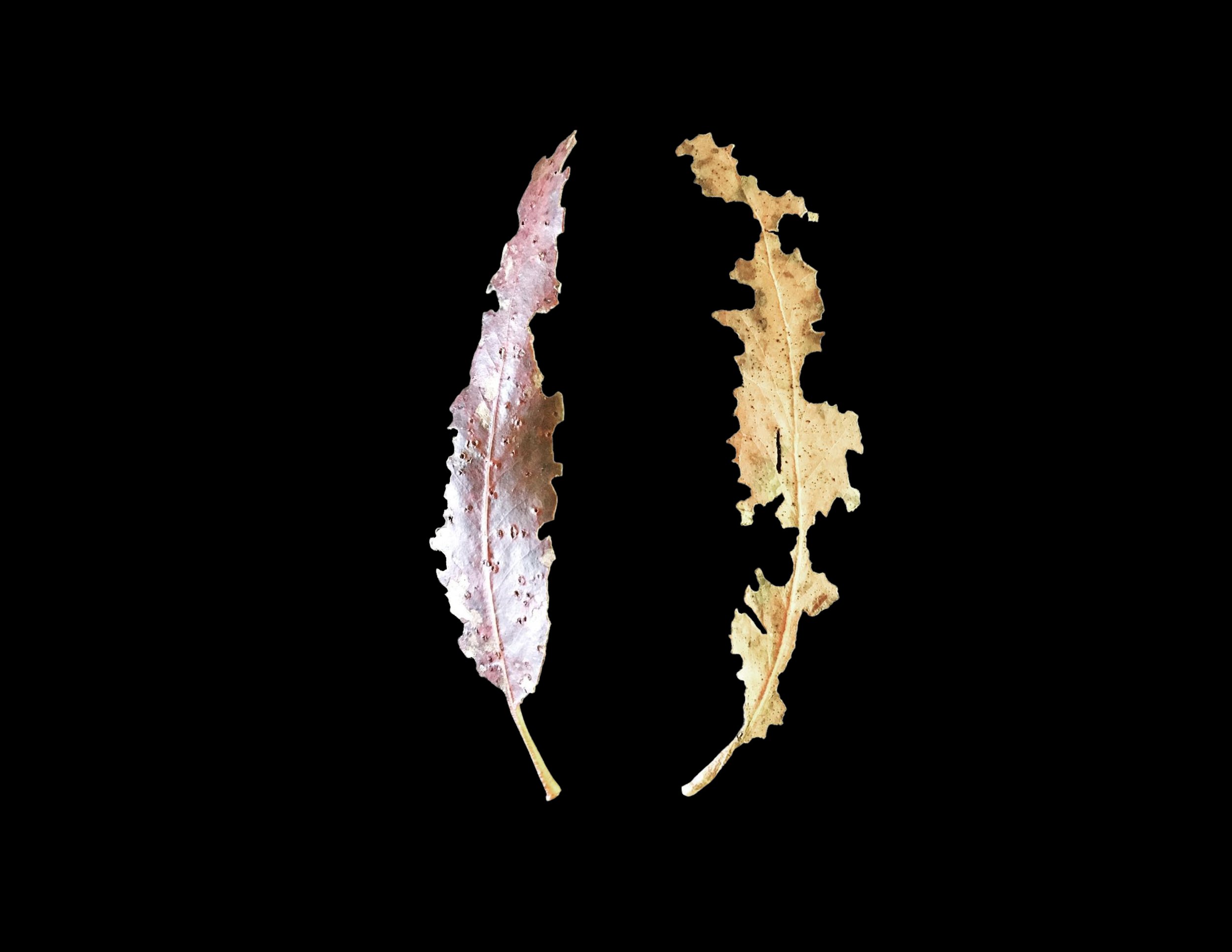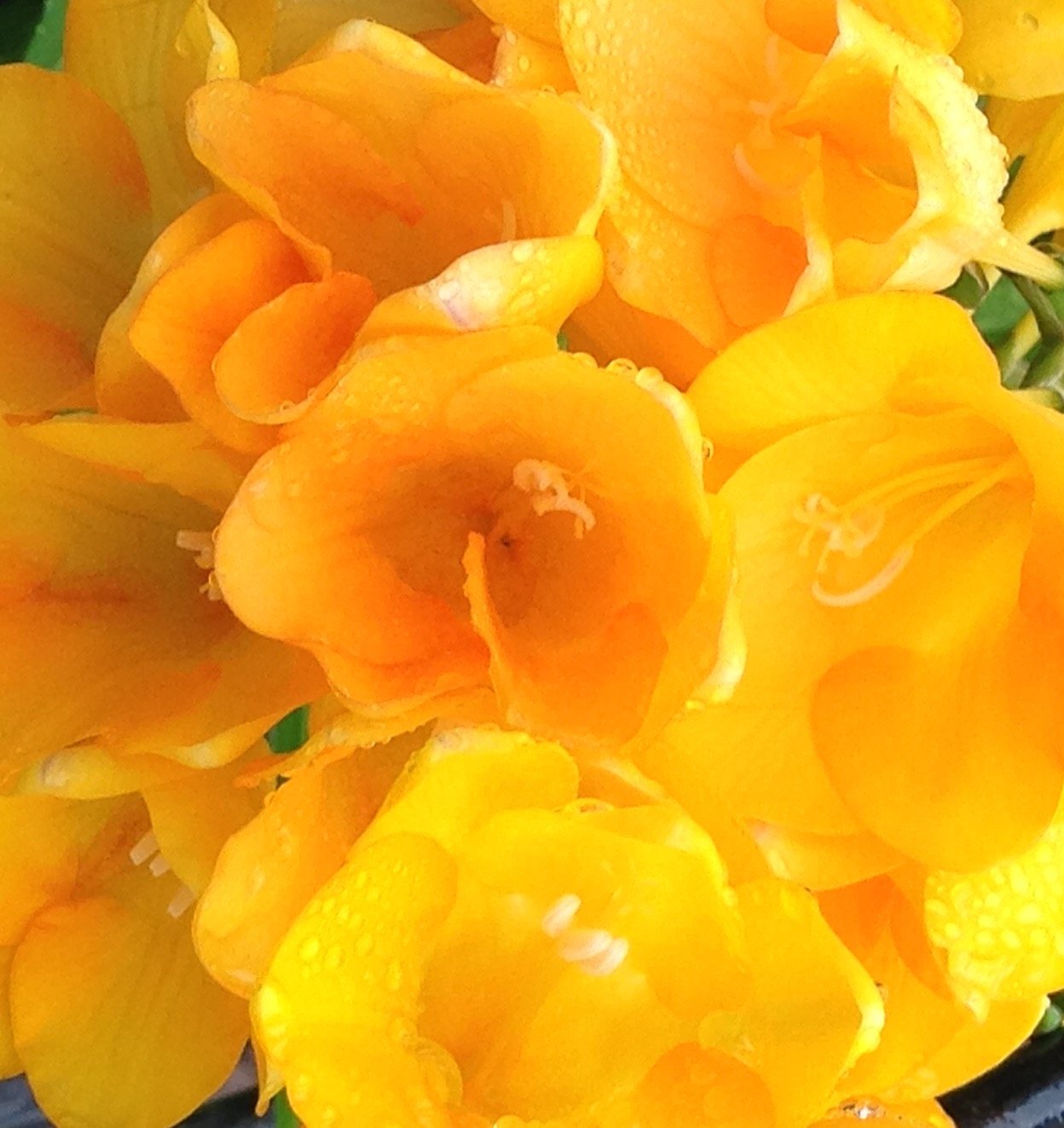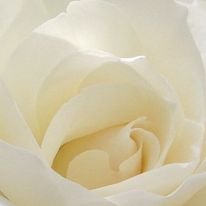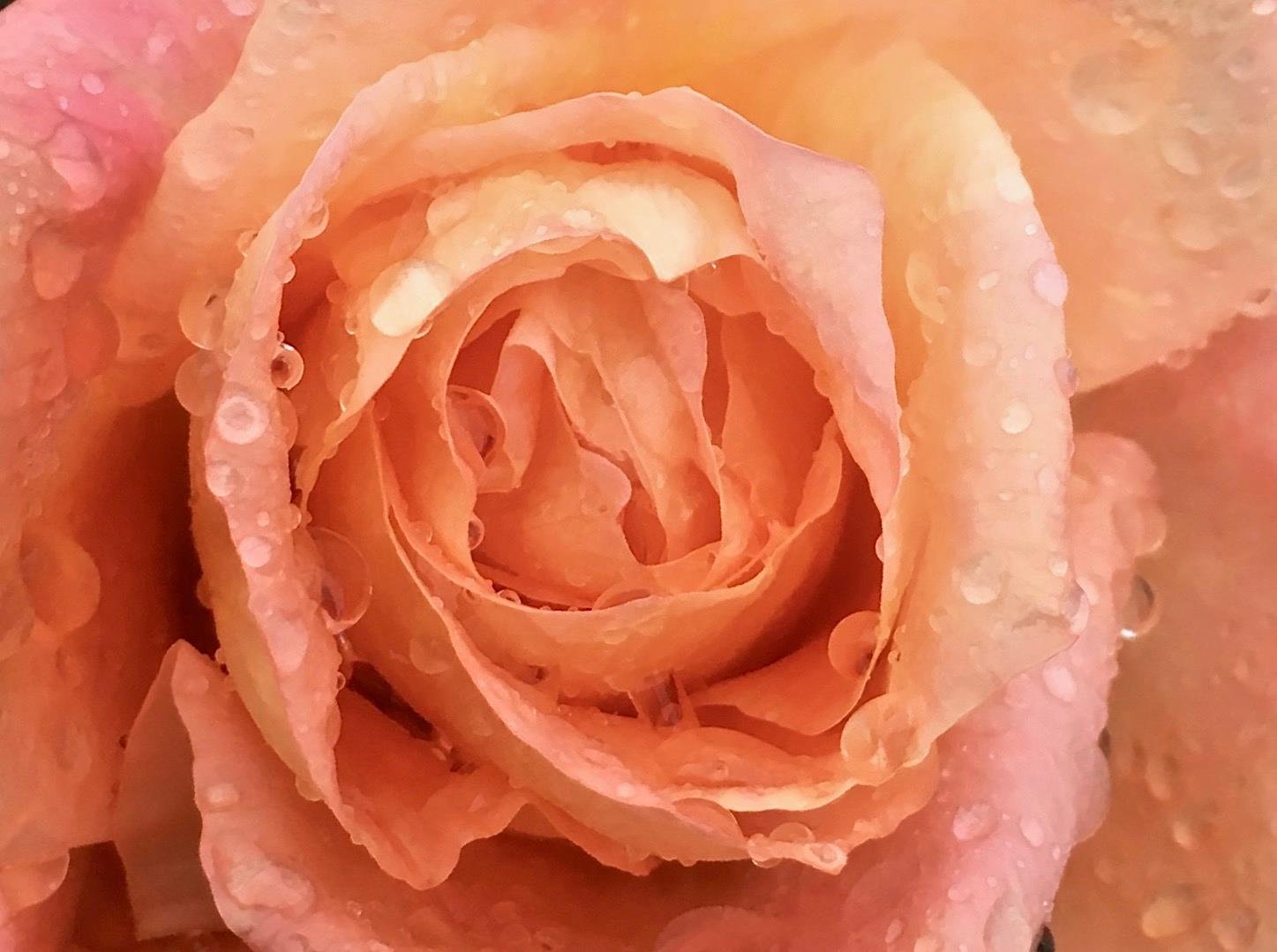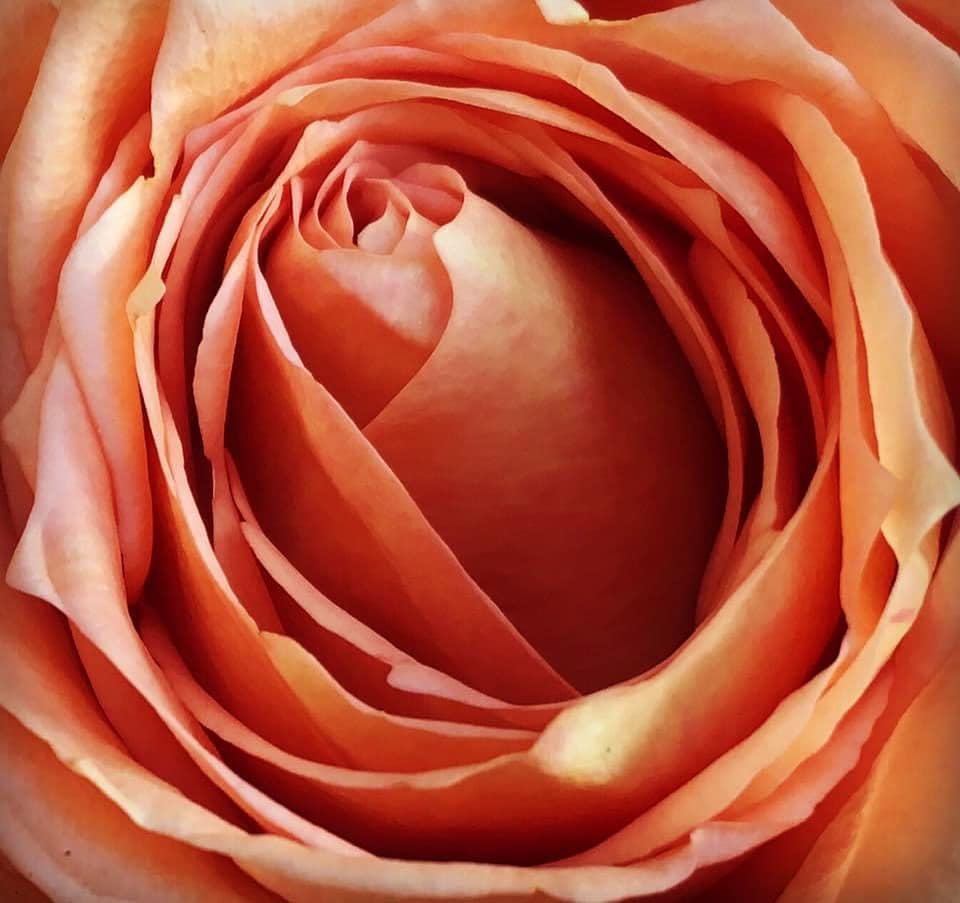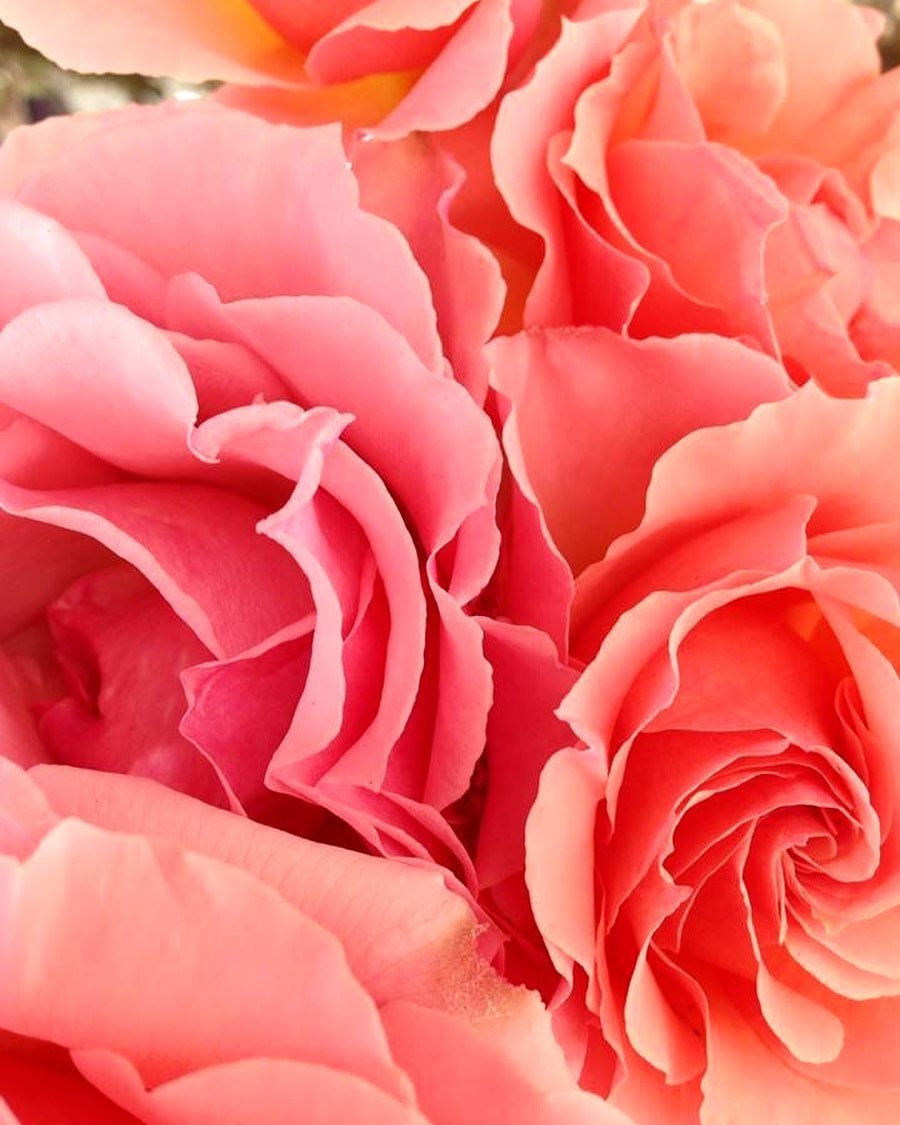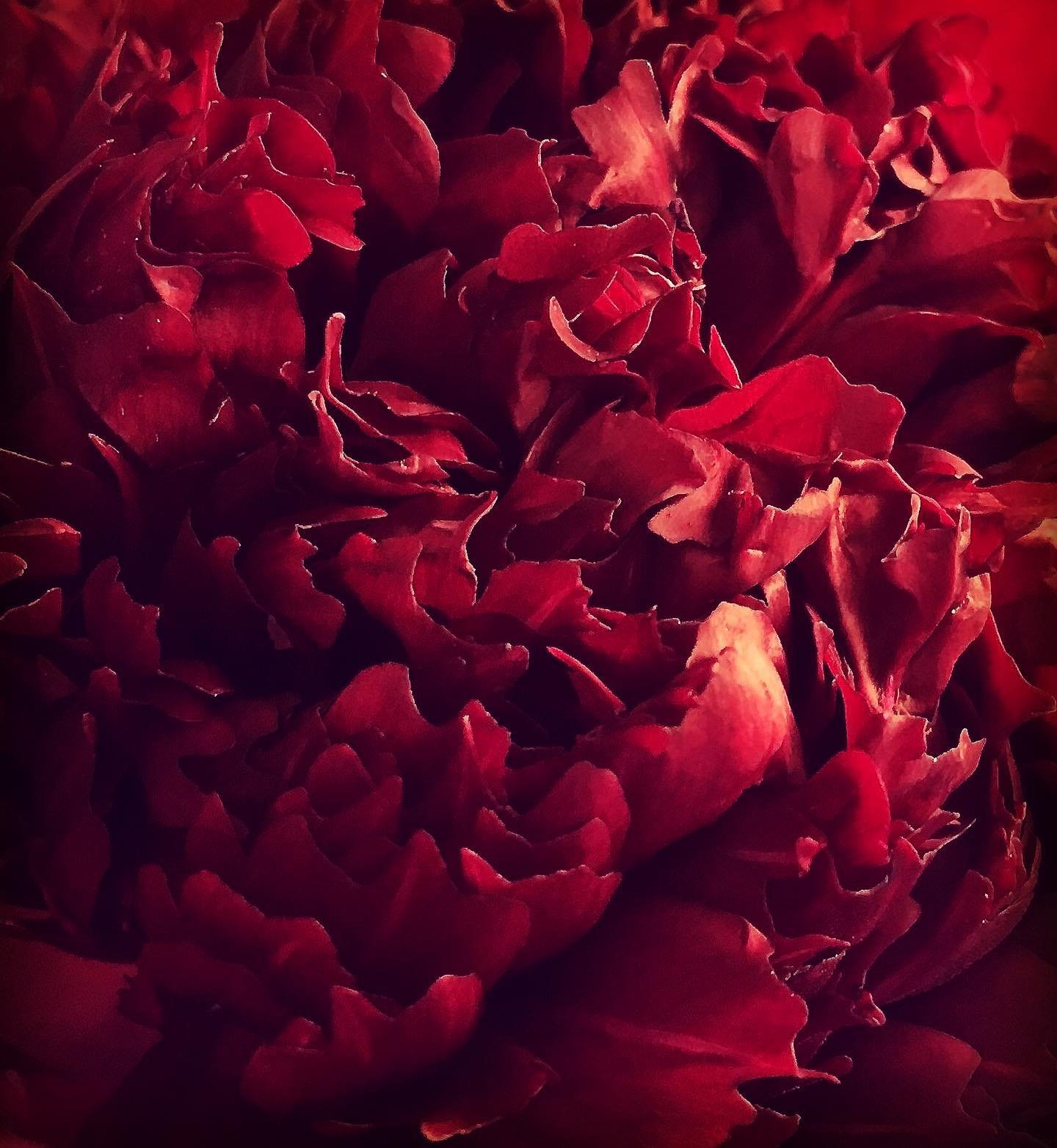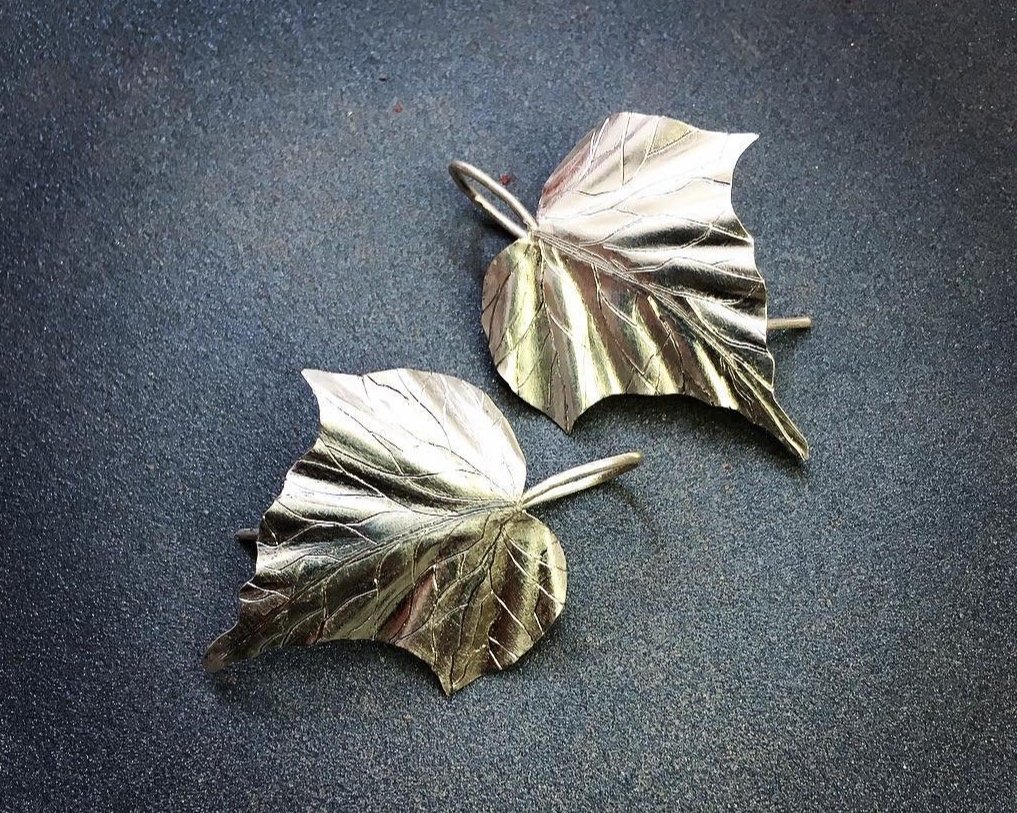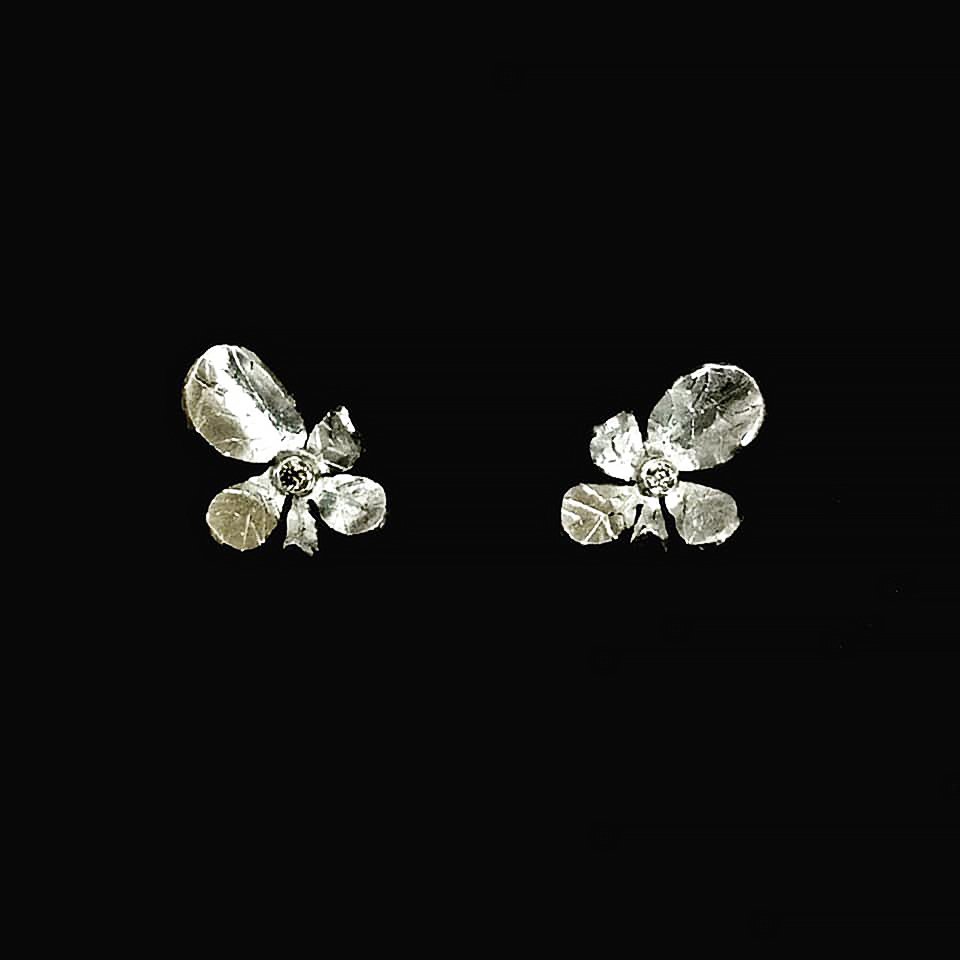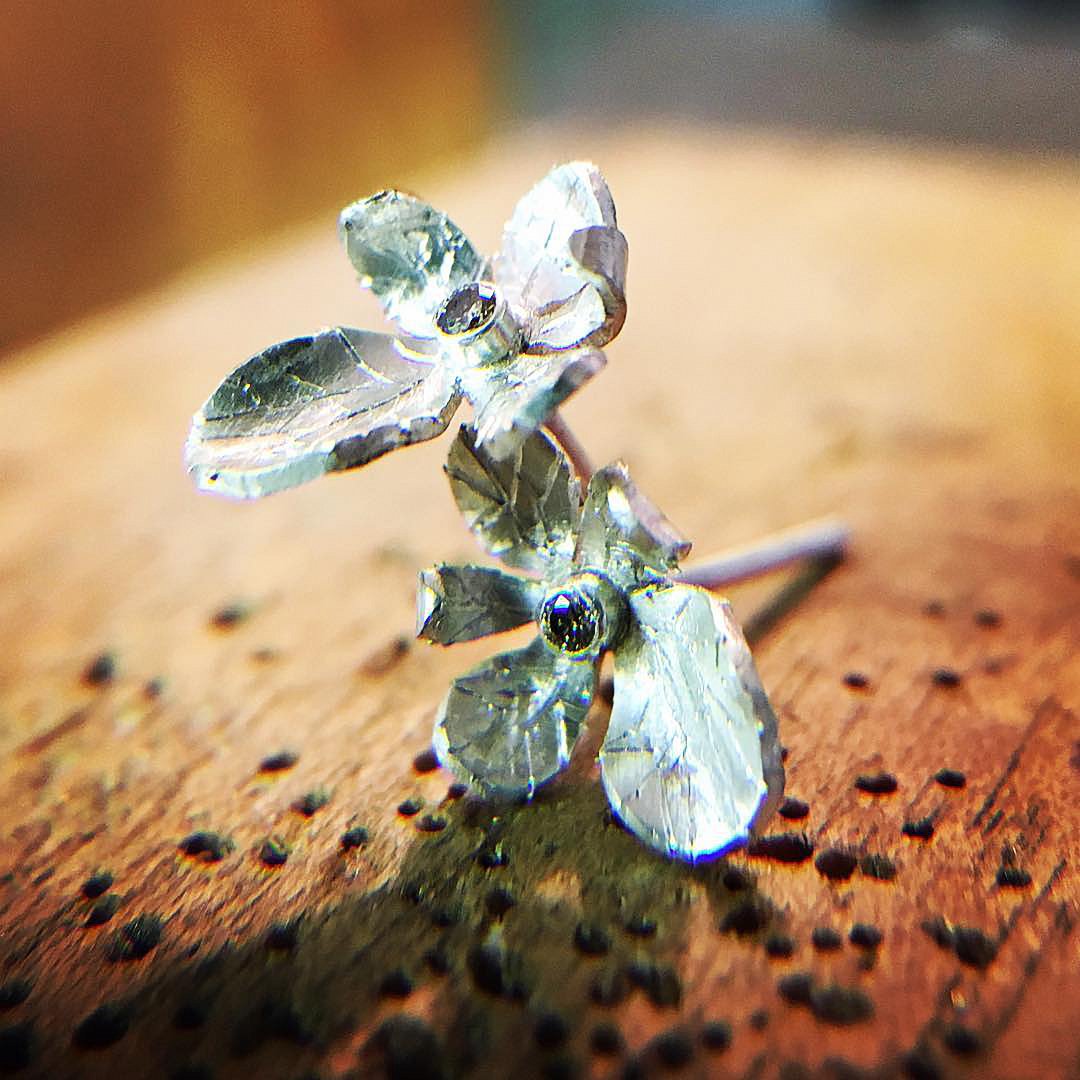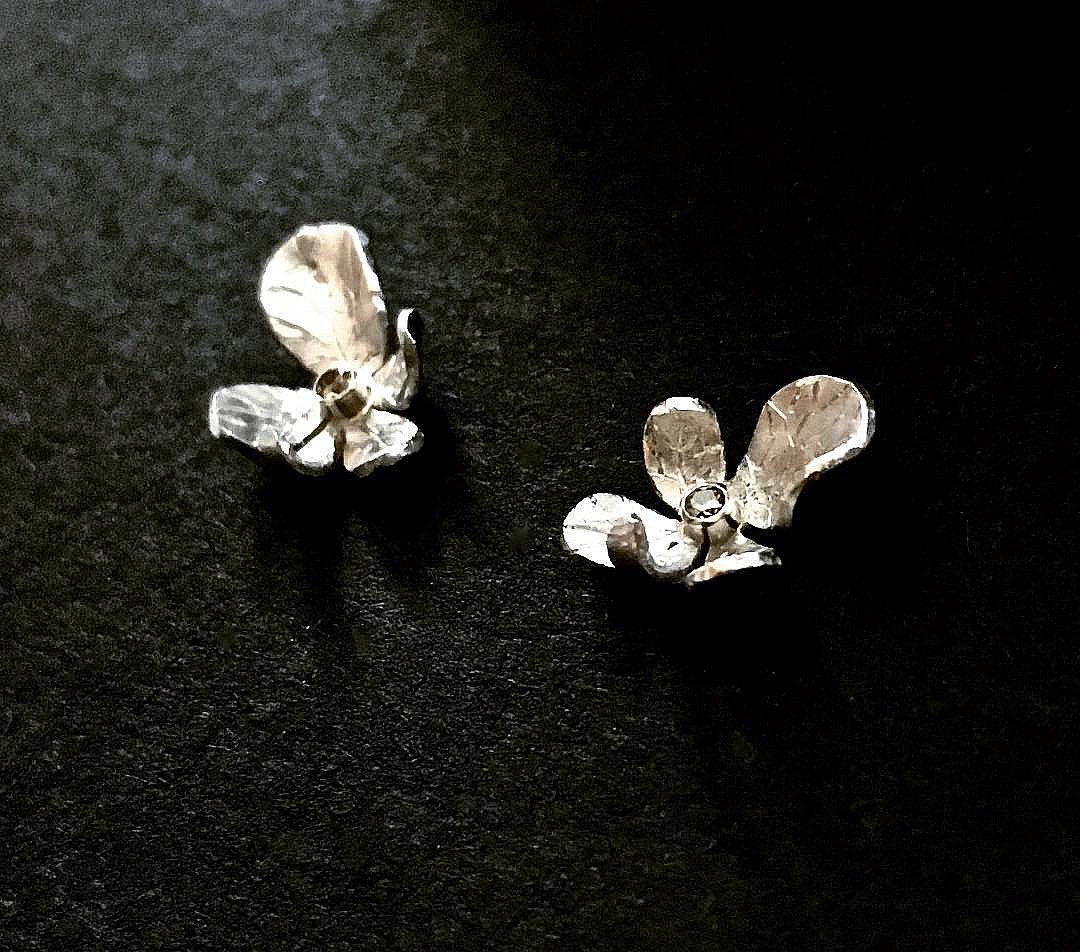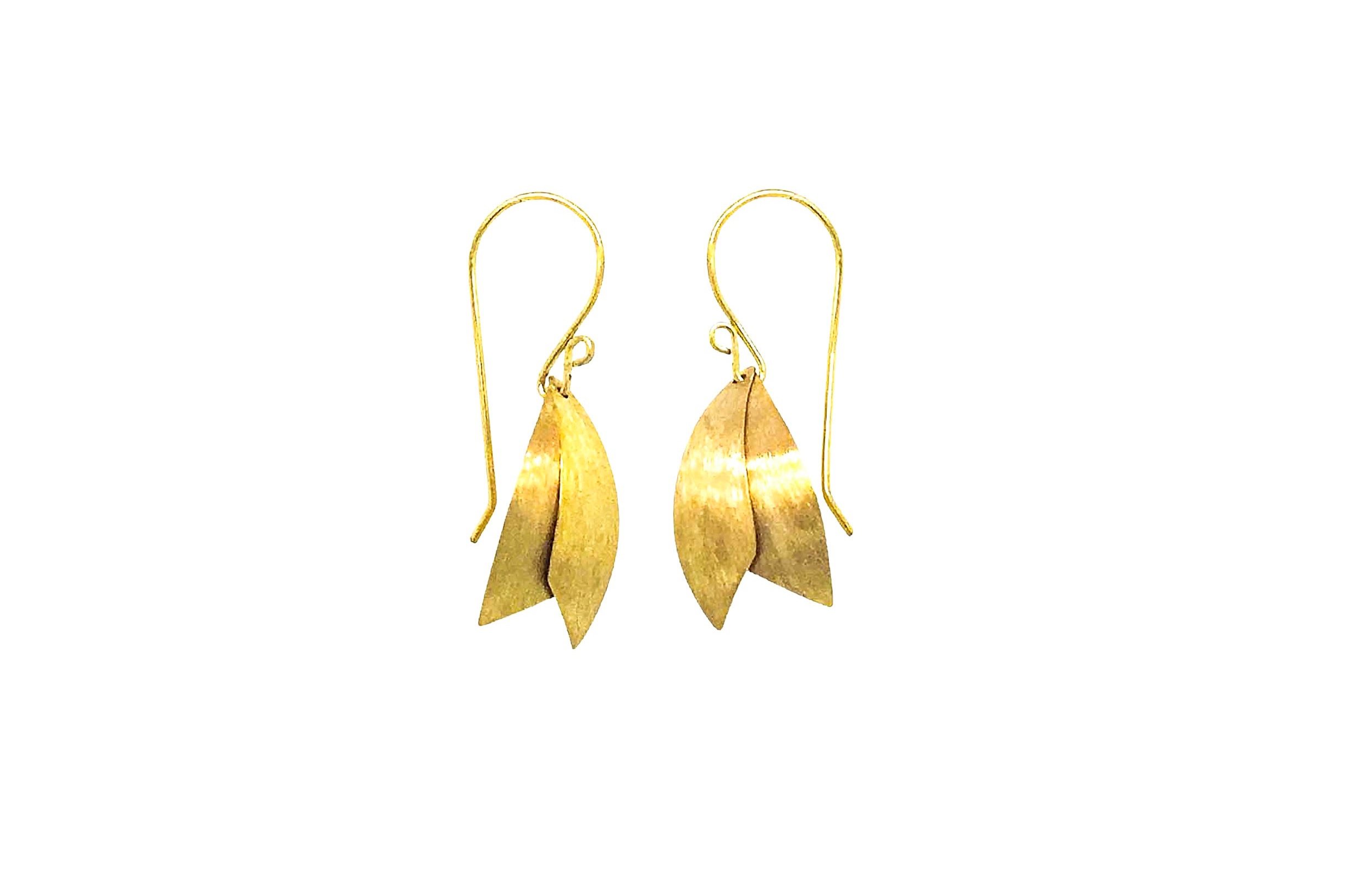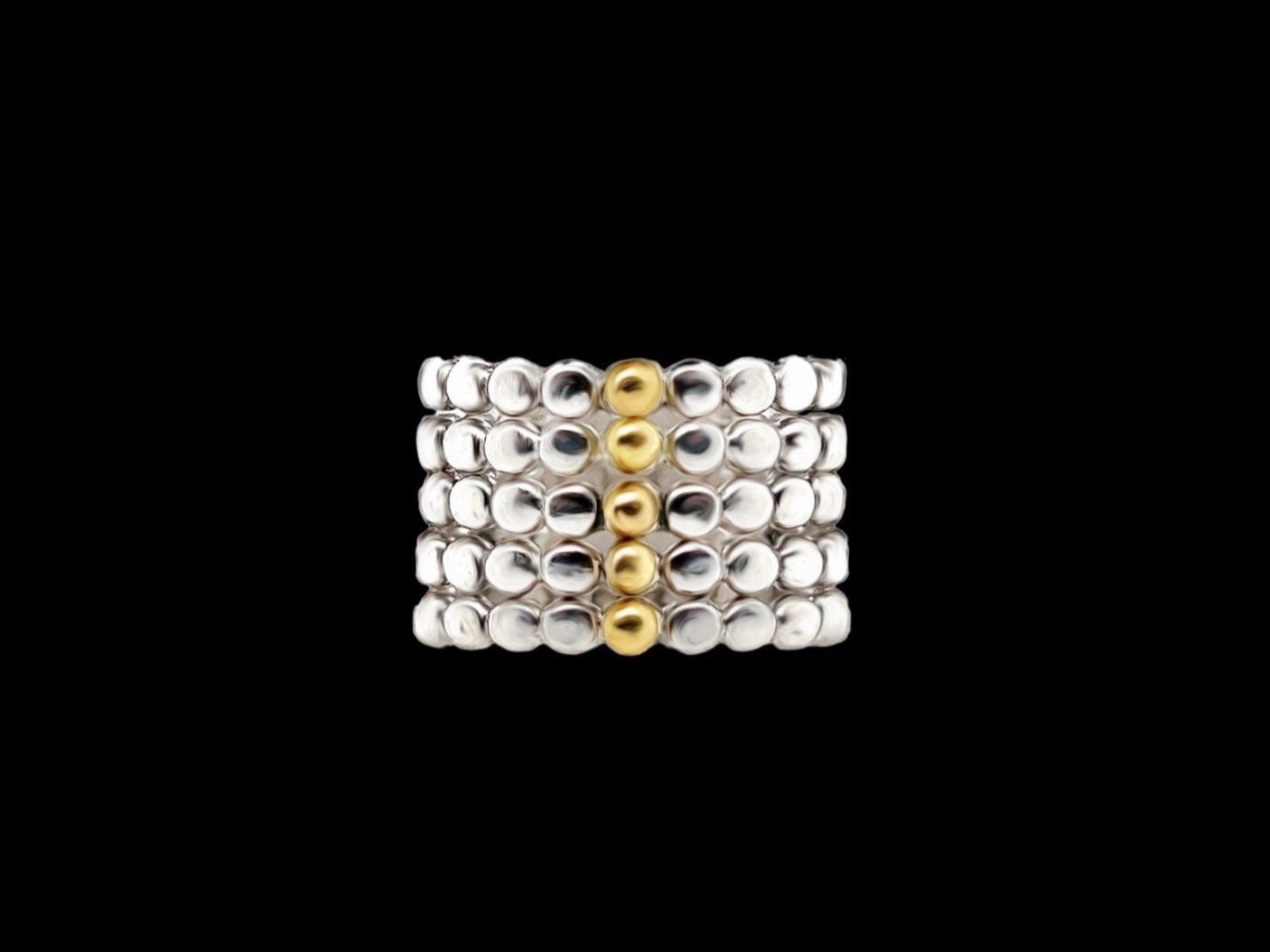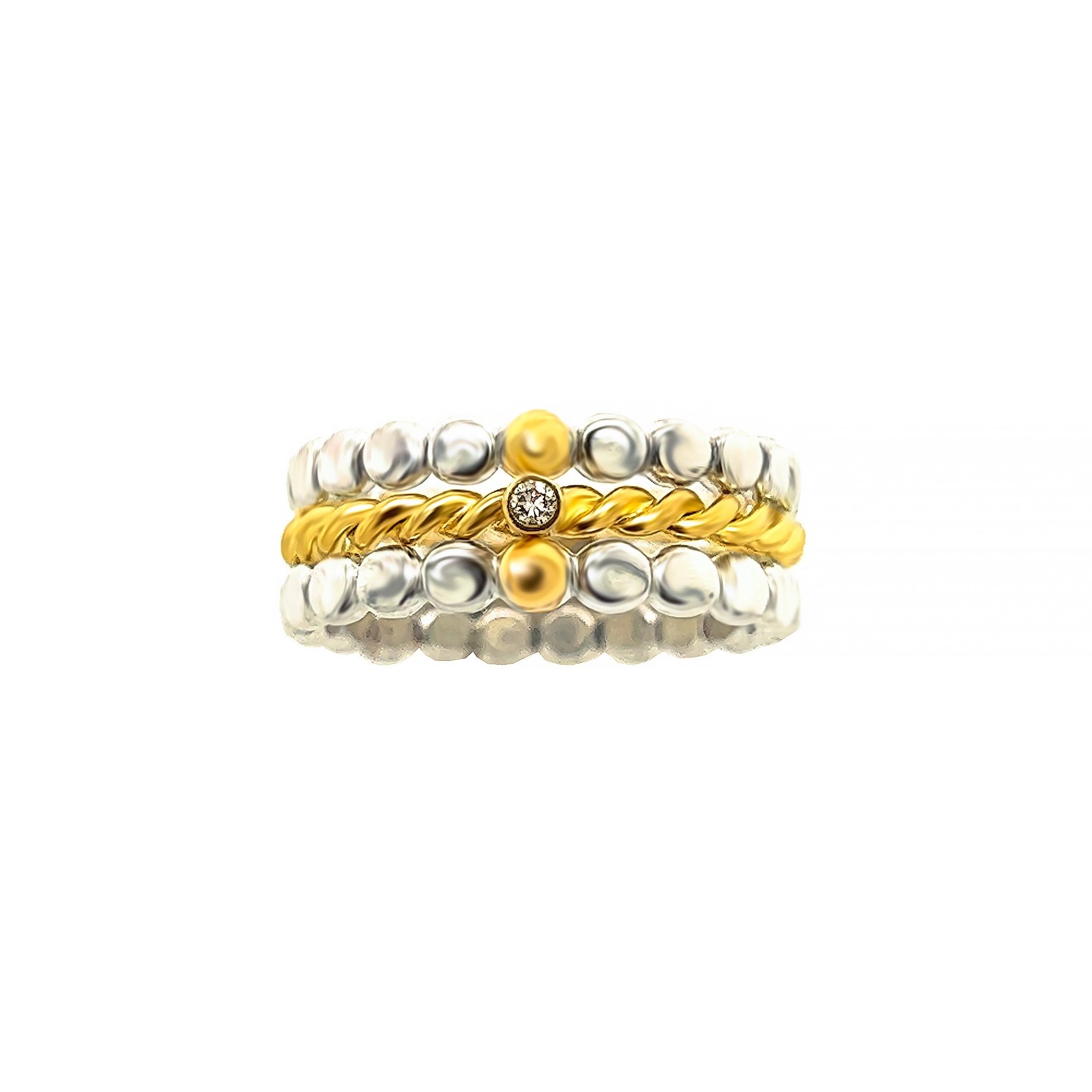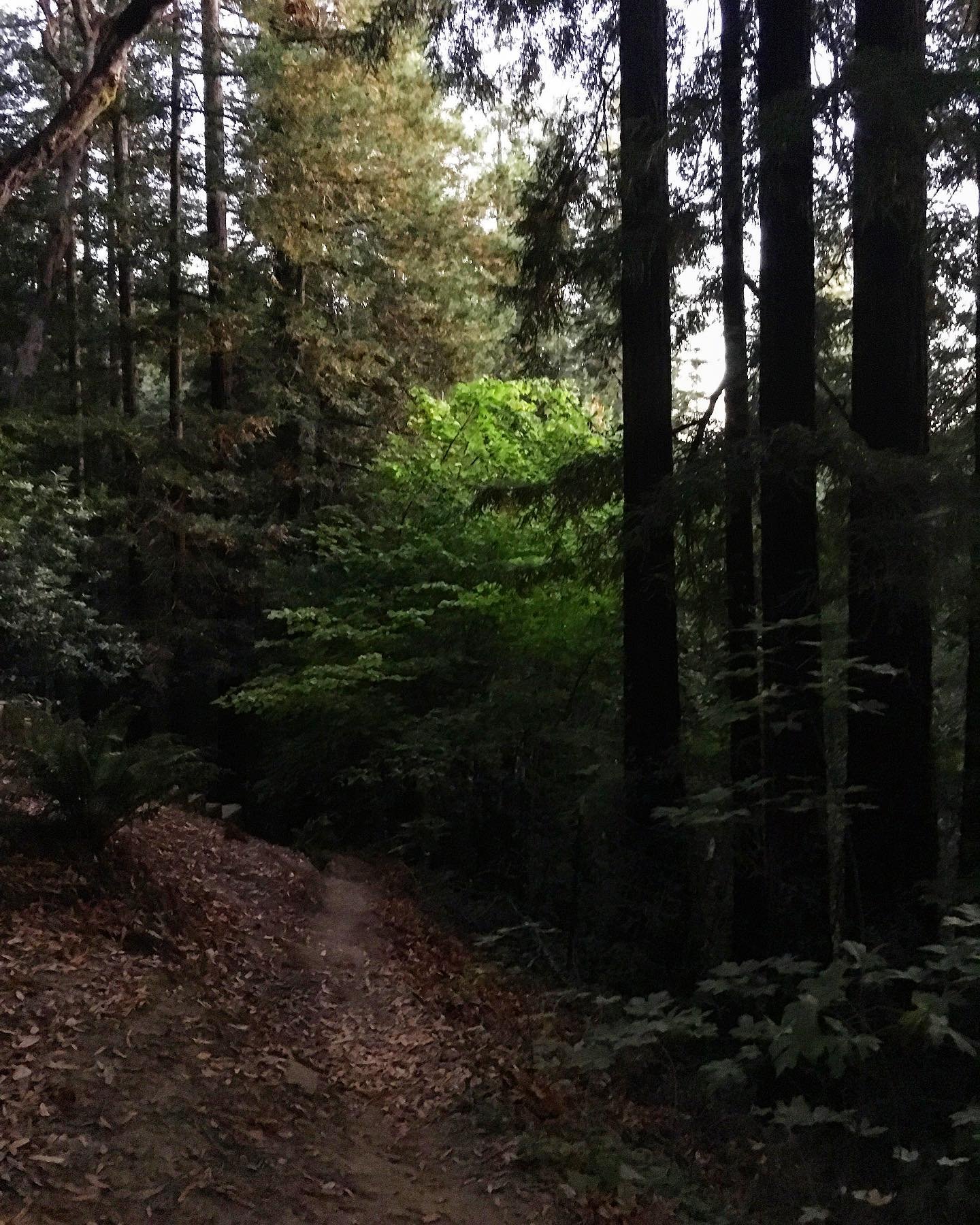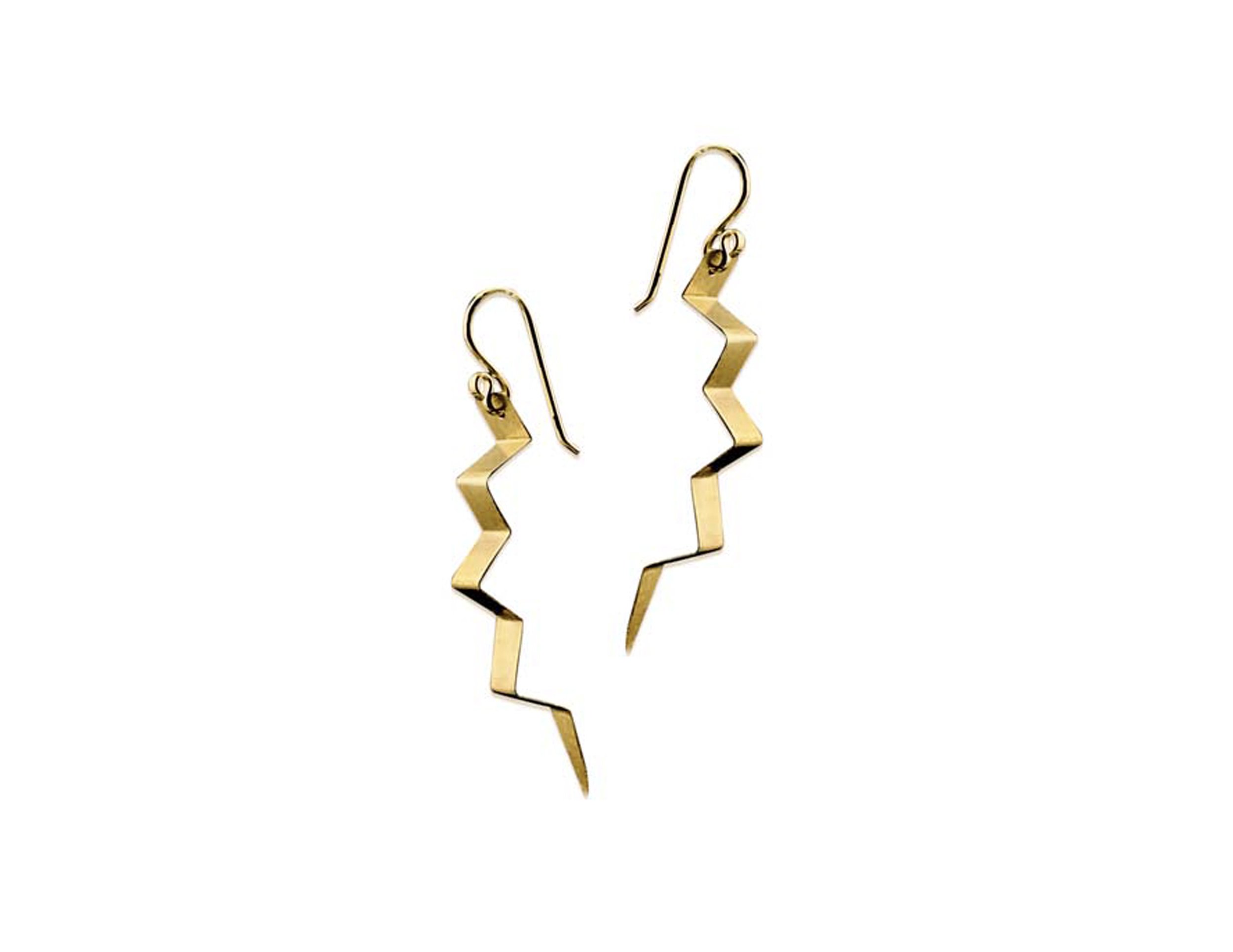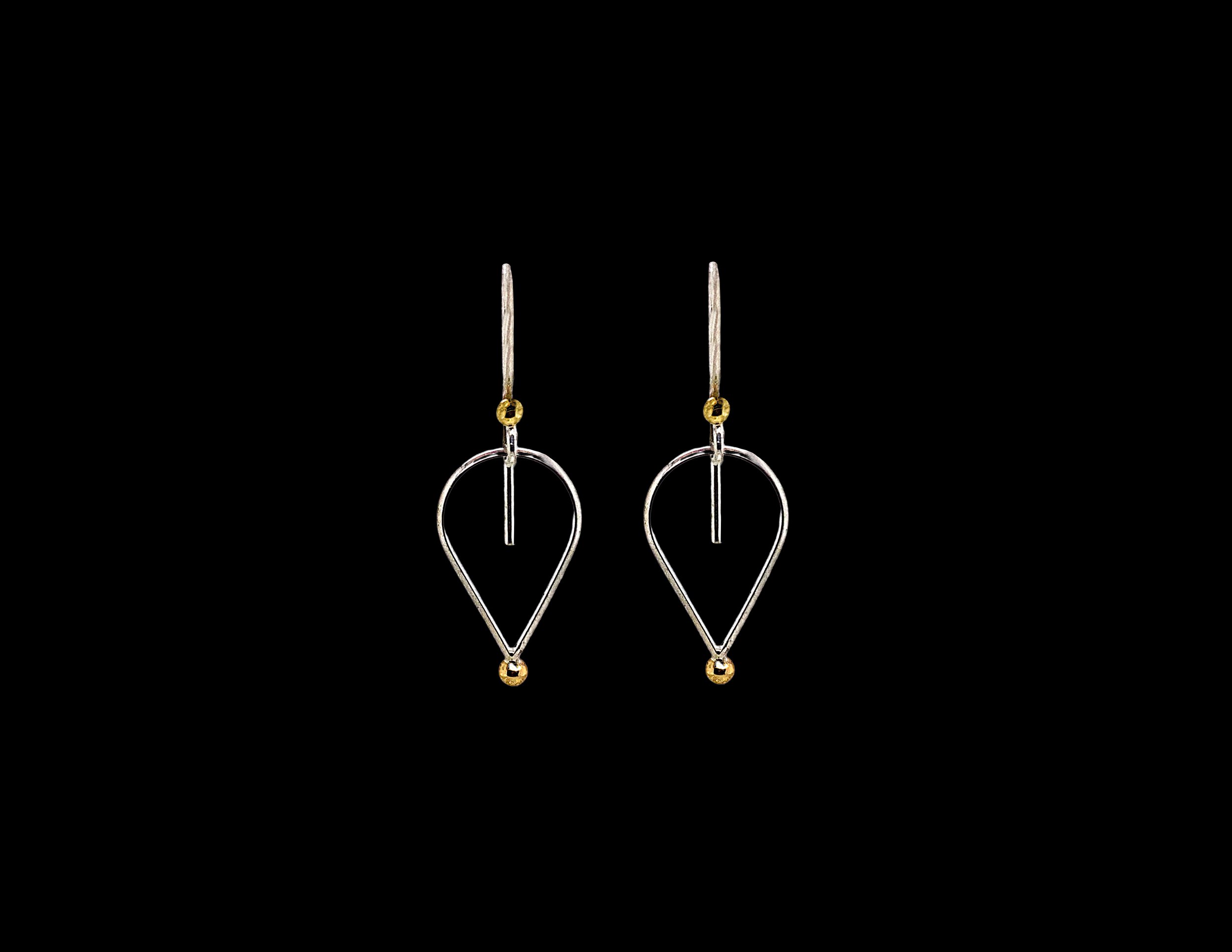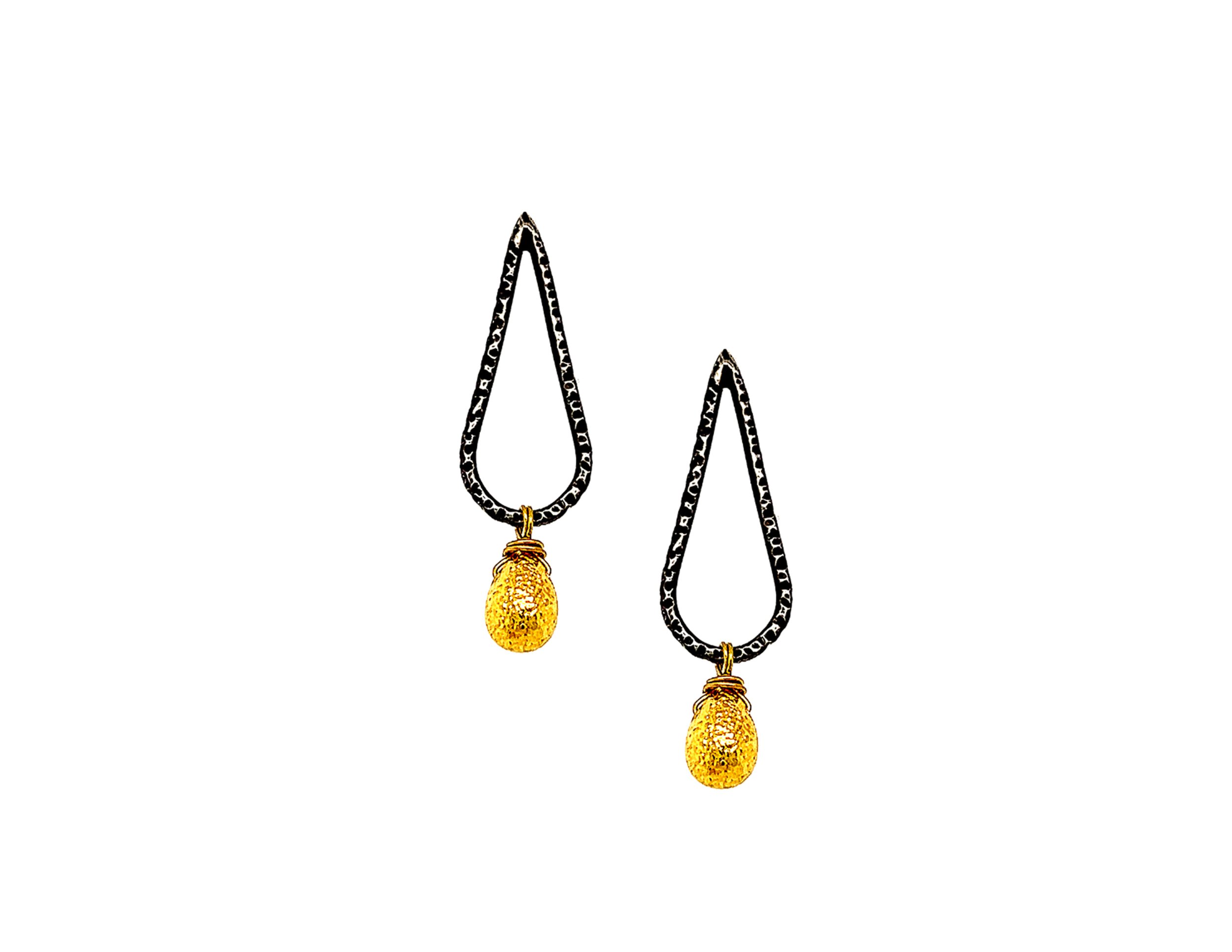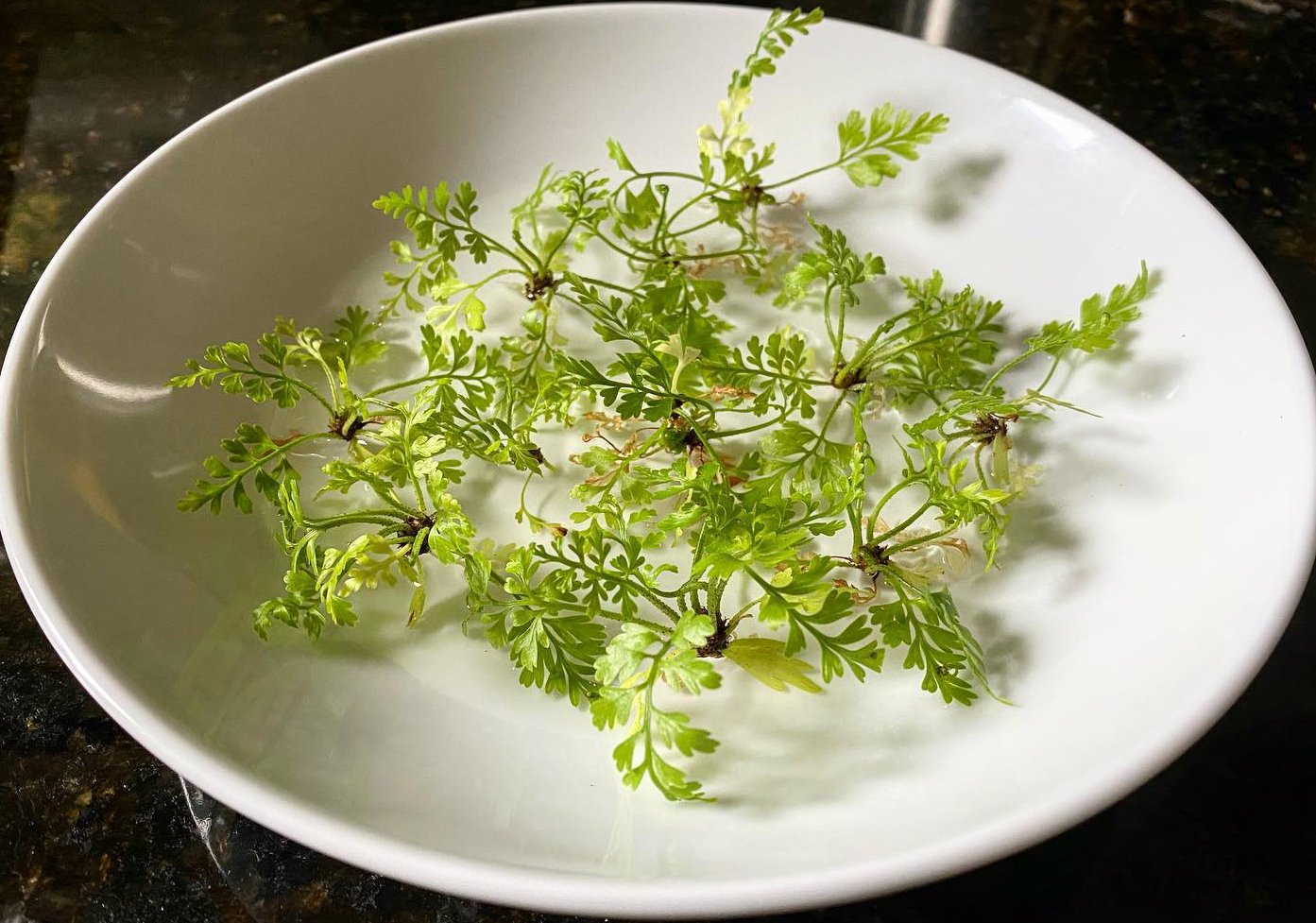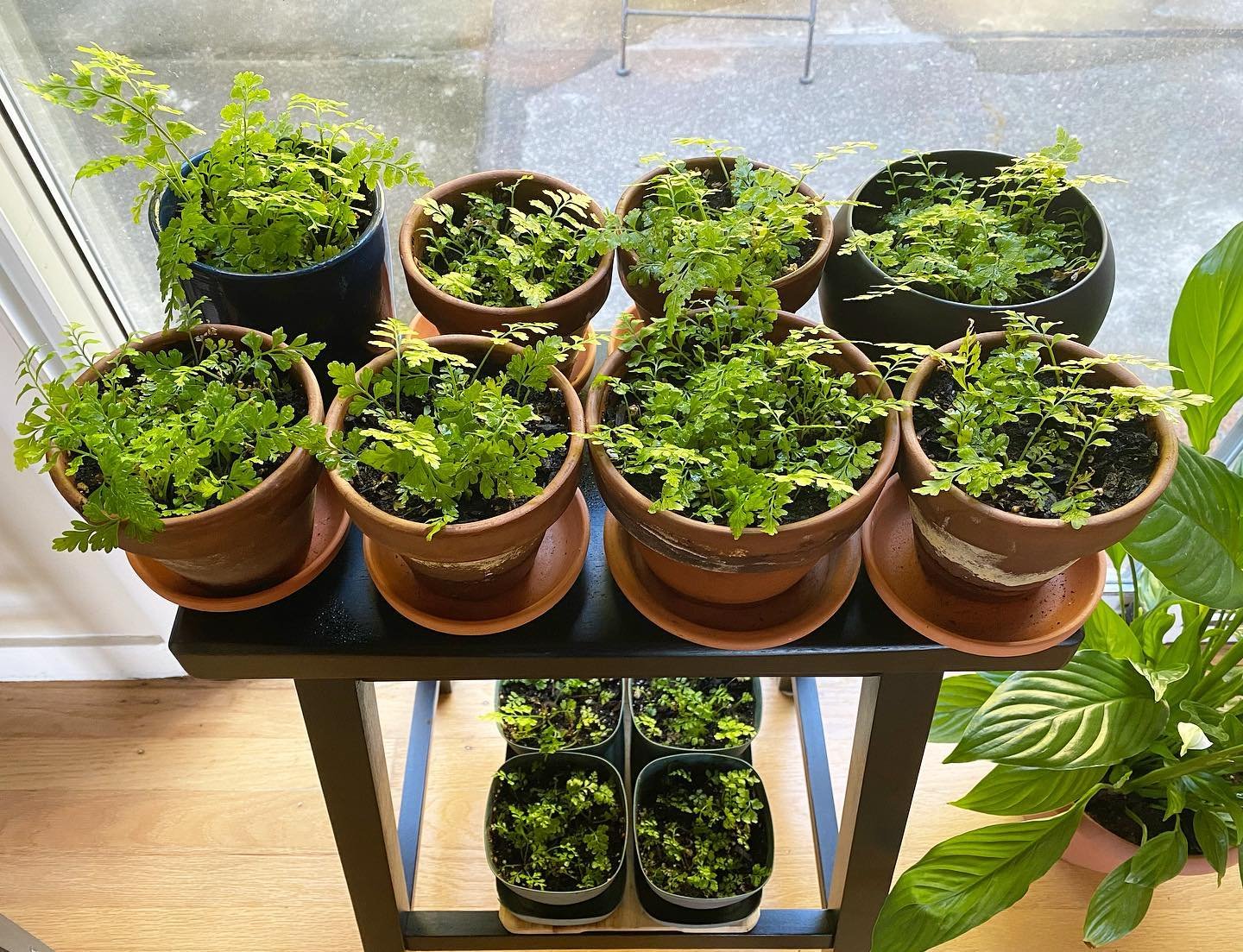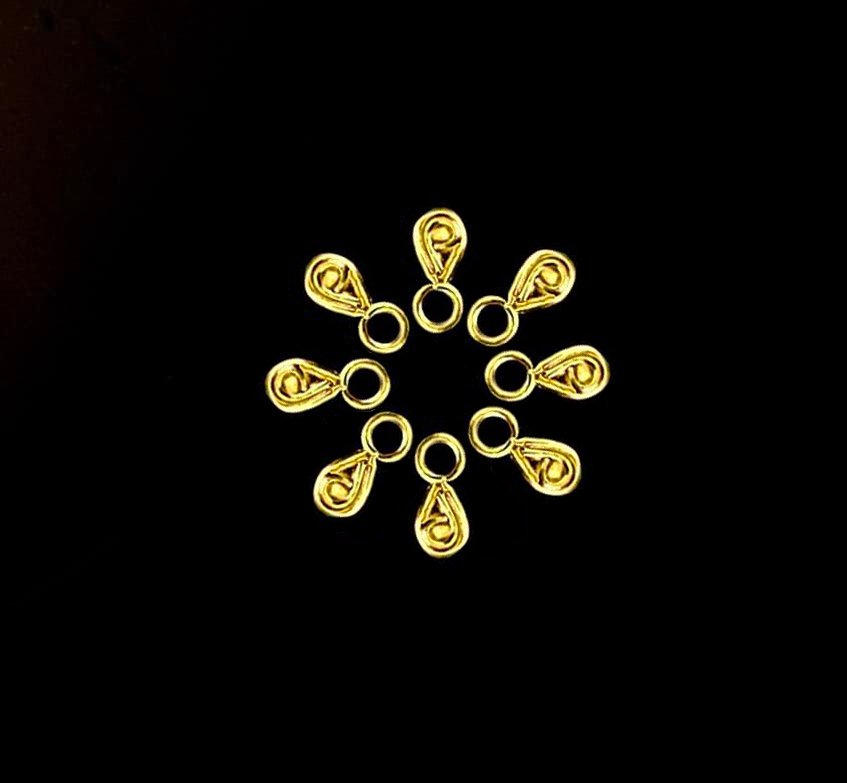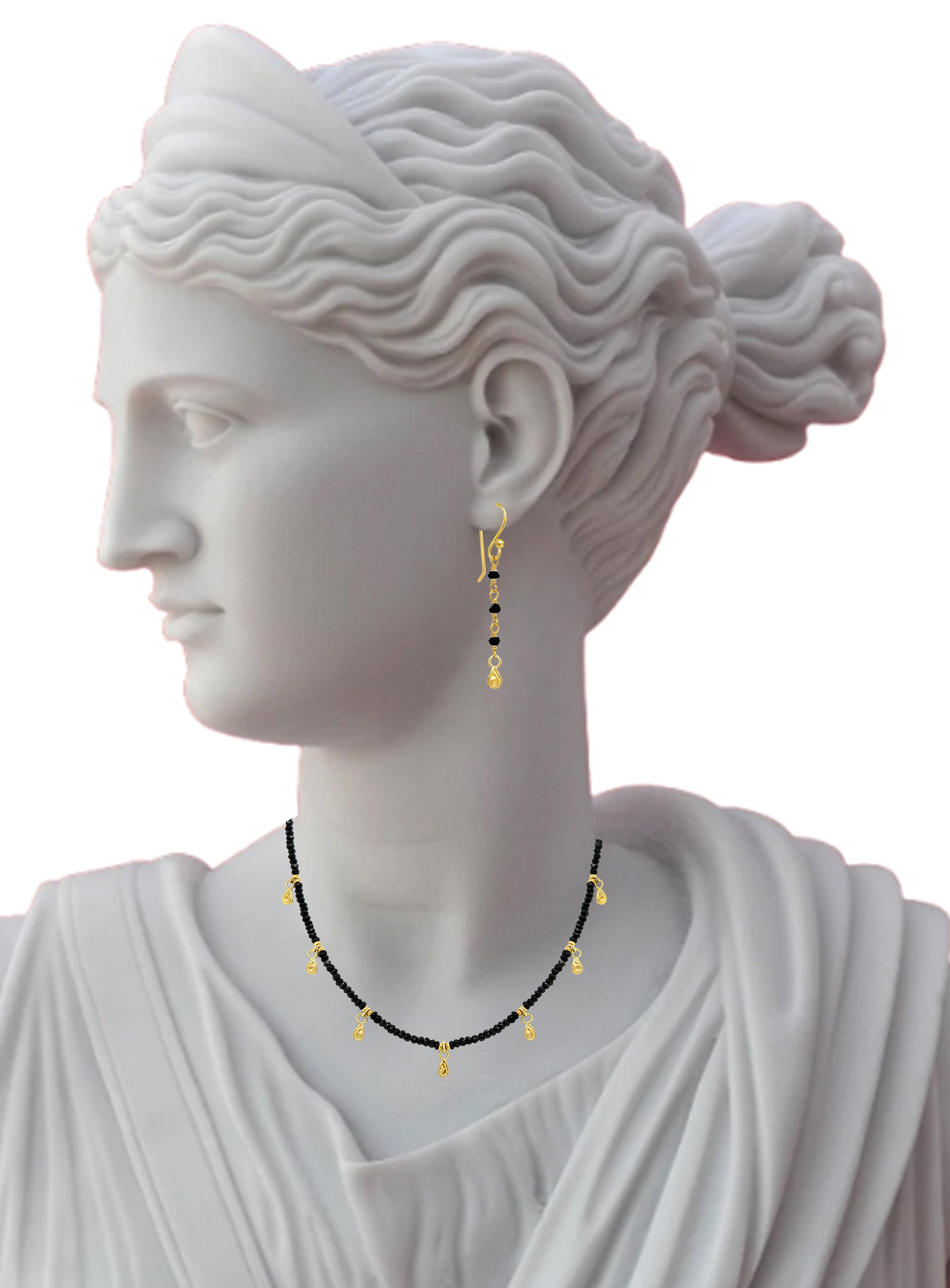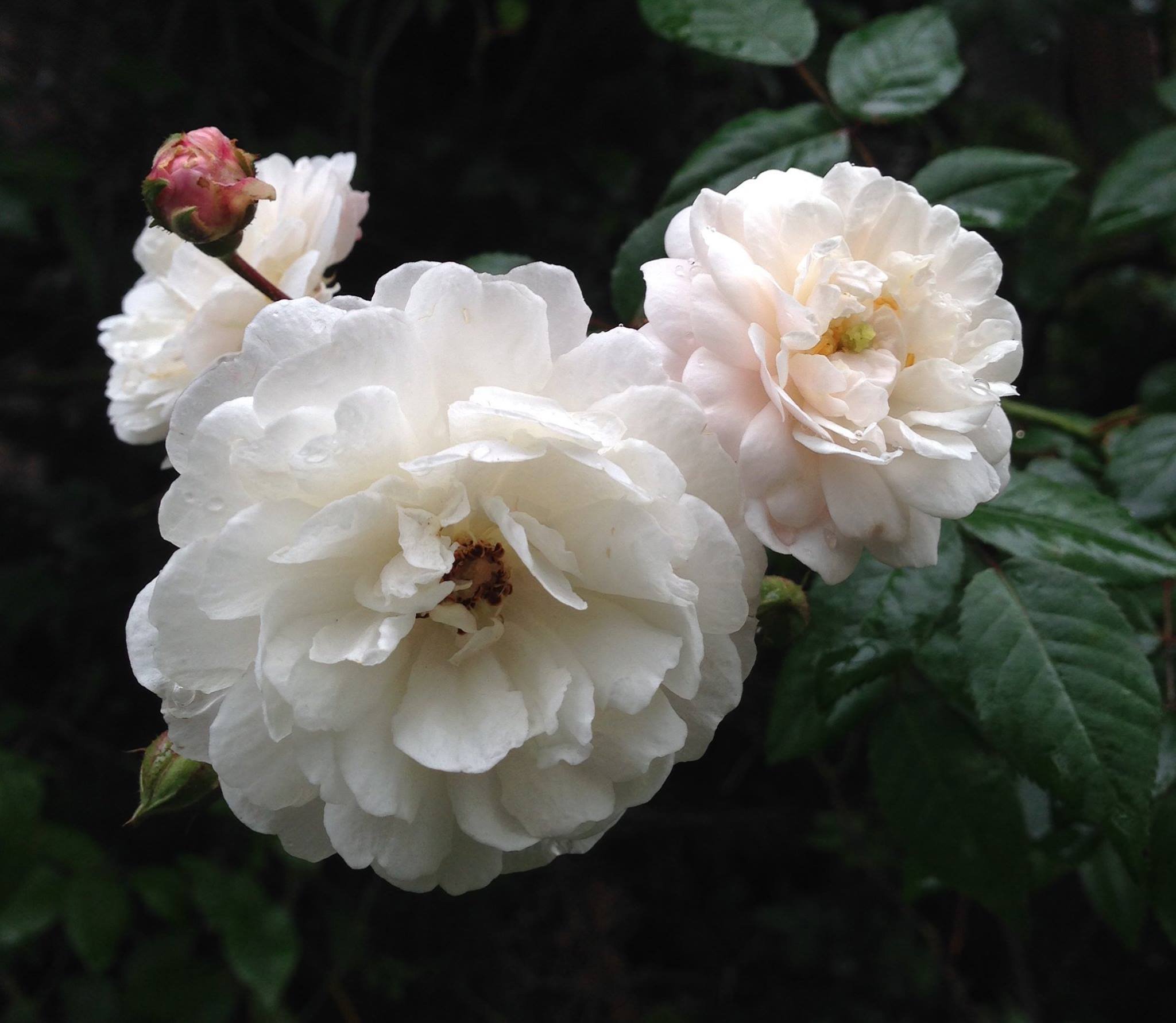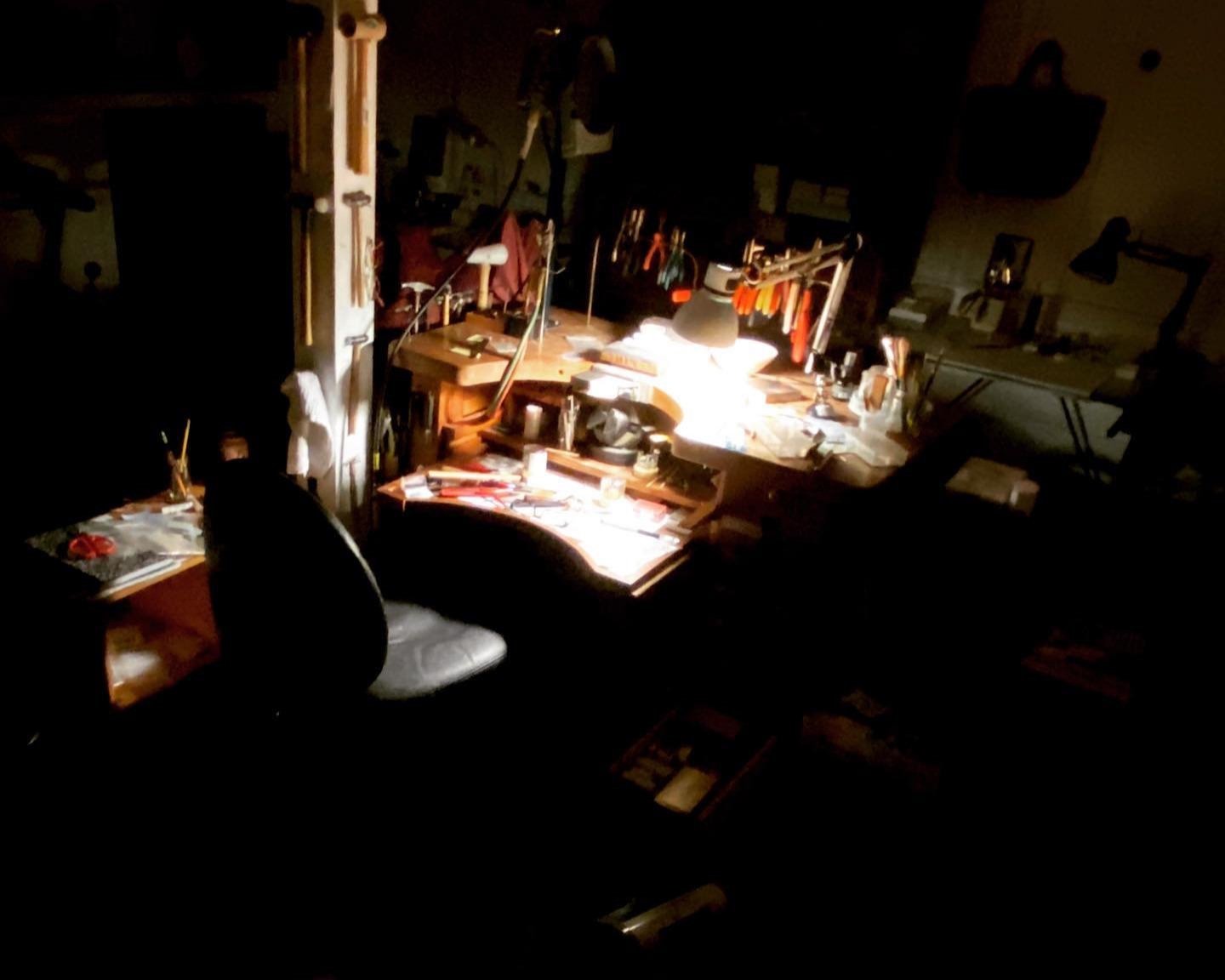Musings On The Nature of Nature
Dē Naturā Naturae
Stormy Sunset from the Roof of an Industrial Building in the Mission
As my 6th grade students can easily attest, natura is a 1st declension feminine noun, and it means "nature". When they saw it as one of their new vocabulary words, they gave me side-eye filled with suspicion. Could that word really be that easy to recognize? Or was there a trick, as there is with cura, which, horribly, does not mean "cure"? And I was delighted to tell them that there is no trick, natura does in fact mean "nature", but, here I ask you what does nature really mean anyway?
The Oxford English Dictionary, with which I have an interesting relationship that I will explain later, states that nature is "the inherent or essential quality or consitution of a thing; the innate disposition or character of a person or animal or of humankind generally," along with some other things, of which 3(a) and (b)'s technicolour prose would cause mayhem in my 6th grade classroom.
Similarly, the Cambridge Dictionary defines nature as "all the animals, plants, rocks, etc., in the world and all the features, forces and processes that happen or exist independently of people, such as the weather, the sea, mountains, the production of young animals or plants, and growth." I especially like the "independently of people" part because nature endures and astounds, sometimes in spite of us.
The City as Dream from the Bay's Perspective
The American Heritage Dictionary states essentially what Oxford and Cambridge say, but it also paraphrases the 3(a) and (b) which shall not be quoted as "the processes and functions of the body" (that would utterly delight my 6th grade, as they are very much in touch with the processes and functions of the body, especially those that smell rather strongly). The AHD then tells us that "nature" arrived in Middle English to mean "the essential properties of a thing," that it came in from Old French via Latin, and that natura itself comes from nātus, the perfect passive particple of nascor, nasci, the deponent verb meaning "to be born".
Yes. I know. Stop laughing at me for a moment and consider the nature of Nature, and the idea that the word for it comes from an active verb with a passive construction. That bit of lingual magic implies that the act of being born encompasses all possibilities, both those we choose and those that choose us.
My Natura collection arises from my relationship with the natural world, and most often from tangible objects that I encounter in that world. When I am out for my early morning run, I often find things that inspire me: a bit of oddly shaped bark, a beautifully articulated leaf, a petal from a blossom. If these things are portable, I will tuck them into my shirt and keep moving; changing clothing later is always an adventure as bits of flowers and leaves make their reappearance.
If those inspirational bits aren't portable, as a cloud formation and the lace of trees against a newly brightening sky are not, I take a picture so that I can remember it later.
First Light along Corte Madera Creek
Thus, sight gifts me with inspiration, and I love taking pictures of beautiful flowers (one might argue that all flowers are beautiful, but I would counter with the corpse flower and I would win. The stench overrides any visual beauty.) I often photograph parts of flowers, such as the central whorl of a rose unfolding or the face of a sunflower, and I find these inspirational to my work at the bench. Sometimes, people will say, “I can’t wait to see what you’re inspired to make,” and my internal response is often, “me, too.” I don’t tend toward full representational pieces; for instance, I have never recreated a complete rose in metal, petal by petal, and I doubt that I will, as my inspiration sparks from the micro, rather than the macro. I can see the big picture, to be sure, but I am drawn to the tiny details that allow the big picture to exist. Here are some of my favourite flower pictures, all taken as I move through my days aware of the beauty around me in the natural world. Some days I am more aware than others, and it is those days that, in retrospect, are the most peaceful.
Chamomile
The following are a few of the jewelry designs that have been born from what I see.
I began these hydrangea earrings with a single perfect blossom from a cluster of flowers in my back garden. After drying that blossom in my American Heritage Dictionary, I carefully preserved the delicate petals in the very high-tech library-science archival material known as clear packing tape. Once I cut the edges clear, I had the perfect template for these earrings. I pierce them from recycled argentium silver sheet and forge the delicate doming of each leaf. Finally, I hand-scribe the veining and fuse ear wires to the back of the blossoms.
Hydrangea
For these English ivy earrings, I found the perfect leaf in my garden as well. It, too, lived for a bit in the dictionary before becoming my template. I love ivy both for its form and for its enduring nature. Very forgiving and rather drought-tolerant, ivy is so important in northern California because it grows easily and covers otherwise barren space with verdant foliage. These earrings, hand-fabricated from recycled argentium sheet and wire are light on the ears and striking.
English Ivy
There are a number of ginkgo trees in my neighbourhood and I delight in finding fallen leaves of different sizes for these earrings. The fan form of the ginkgo offers an almost Art Deco aesthetic, one which is both simple and elegant. After hand-fabricating and texturing the leaves, I fuse spheres of 18K recycled to each leaf to represent dew drops. I finish these earrings with fused 18K ear wires to echo the drops on the leaves.
Ginkgo
These tiny dogwood blossoms are among my favourites to fabricate. Cut from recycled argentium silver sheet, the petals are different lengths to allow for visual articulation. I create these post earrings in two variations: one has a simple sphere at the center of the blossom; at the center of the other iteration, I fuse a small white diamond.
Dogwood with Diamonds and with Spheres
At times, my inspiration encompasses fauna as well as flora. I love butterflies and moths for their ethereal natures. My Night Moth and Monarch Wing earrings are representational homages to those beautiful winged beings. I hand-fabricate each wing from recycled 18K gold and then finish the surfaces with my gently shimmering signature watered silk texture. Lightweight and sparkling, these earrings are among my best sellers.
Recently, I developed a capsule collection within Natura called Stepping Stones. These began with simple stacking rings of recycled sterling silver that look like a path of gently rounded river rocks. At the center of each slender ring, I fuse a large sphere of recycled 18K gold, to provide both warmth to contrast with the cool silver and to offer something like a prayer bead on the path of stepping stones. I have also designed two earring styles to complement the rings. The first are longer demi-hoops that directly echo the stacking rings; each hoop terminates with an 18K gold sphere. The second are sets of two stepping stones, one left silver and the second fused with an 18K gold sphere. These petite studs are perfect if you prefer a minimal spot of glimmer on your ears or if you have multiple piercings.
Stack of Five Stepping Stones Bands
One collector commissioned a trio of the stacking bands but wanted her middle ring to be fabricated of 18K gold. After working through several designs, I decided to provide contrast of form to the silver bands, because it occurred to me that stepping stones are the path you take over or across something. Thus, I hand-fabricated the middle ring of recycled 18K twisted wire to represent a river of water between the paths of the silver stones. Instead of a sphere, I fused a small white diamond set in 18K gold to the center. This ring can be worn by itself, but it is particularly stunning between the two gold-embellished silver bands. To round out the Stepping Stones capsule, I created petite demi-hoop studs of that same 18K twisted wire
Not long ago, I found myself caught in a mental loop about a situation that I could not control, one that made me very anxious and more than a bit angry. I am accustomed to action, to fixing, to remediating, to making things WORK. I couldn’t see a way that I could effect any change in this matter (and frankly, I still don’t), but I decided that looping endlessly was just ruining my days, my sleep and my interactions with others. So, I sought the forest that is "a cathedral", as Anselm Kiefer puts it, "a place between heaven and earth."
I am fortunate to live within literal walking distance of trails filled with redwoods and all of the flora and fauna attendant to such. I went for a long hike up to Dawn Falls and back through Baltimore Canyon; it took time I didn’t feel I had (almost three hours from out to in and back) and the trek in was more of a trudge, as I catalogued the various tasks I should be doing instead. And then the magic happened.
Beginning the Dawn Falls Trail
I found myself just after first light hiking a path through towering redwoods and along a dry creek bed; I was offline, both literally and intellectually. My mind stilled, and I simply was. By the time I returned home, I hadn’t come to any solutions, but I had left the anxiety along the side of that forest path. Did anything really change about the situation? No (I still have no control over it) and yes. The nature of the problem shifted from within me to elsewhere. And Nature with a capital N effected that shift simply by allowing me to move through its sacred space, by taking, unseen bit by unseen bit, my cares, and by gifting me with peace of heart and mind.
A Certain Slant of Light
Although it was dawn, not late day, I came around a bend in the path up to find that the fog had dissipated and sunlight was streaming brilliantly through the trees; Emily Dickinson’s words, “there’s a certain Slant of light, / Winter afternoons -- / That oppresses like the Heft / Of Cathedral Tunes -- " echoed through my mind. In that moment, I understood that the oppression was simply the stripping away of the madness I had spun - it’s hard to give up control - and I returned to my little world feeling the better for having been scrubbed clean by my communion with nature.
I also find inspiration for my Natura collection in the ancient world. My interest was first piqued many years ago with De Rerum Natura (Lucretius, 55 BC) and then by the many fabulous botanical illustrations that began in antiquity with De Materia Medica (Pedanius Dioscorides, 70 A.D.) and continue into the present day, despite the advent of photography. These illustrations catalogue myriad species of plants and provide amazing glimpses into plants of the ancient world. Accordingly, my collection includes not just various plants and flowers, but natural phenomena, such as lightning strikes and rain drops, as well.
And speaking of natural phenomena, allow me to digress a moment about my ferns. (I can hear you thinking, "she something like a cat lady, isn't she, but with fertilizer bags instead of litter boxes"; you're not far off. I just won't be found half-devoured by my plants. Small favours, yes?). I fell in love with Boston ferns because my mother loved them. I found their elegantly arched foliage both beautiful and verdant, and when I learned that new fronds unfold themselves along the Fibonacci sequence, I was utterly delighted to share that mathematical secret with nature.
Boston ferns, however, are rather fussy, and when they get stressed, they drop leaves and send up spindly fronds. They need a particular level of filtered light and they like being damp, but not wet. In short, I loved them but they did not love me quite as well, at least until I found a struggling one in a stray 6" pot at a Safeway market in Los Angeles. This was early 1993 and I was living in Santa Monica while applying to PhD programs. When I decided to accept at the University of New Mexico, I moved everything in my 400 square foot apartment to Albuquerque. I fully expected the fern to die, as so many others had. It, however, surprised me. This fern has not only survived, it has thriven. I have repotted it many times, and it has propogated itself through runners so that its name now is Cousin It. The fern is perhaps 6'4" long and will be turning 30 next spring. All hail the Fibonacci sequence in action.
And then there's my mother fern, which is named such because although it grows by pushing up fronds and spreading, it also sprouts little, tiny duplicates of itself at the tips of its fronds, and I call them fernlets. When the fernlets have developed enough of a root ball, they drop off the mother fern and hopefully root. This was another plant I had gotten as a bargain at Home Depot and potted without thinking about what it was. Before long, it needed a bigger pot, and then, not long after we had gone into Covid lockdown and I was teaching from home via Zoom, I realized that something was weighing down the fronds of the fern. I ran my hand across a couple, and came away with a double handful of tiny, baby fernlets. I had no idea what to do with them, so I dropped them into a shallow bowl of water and then decided to plant them in their own tiny pots. I had perhaps 50 of them. A dear friend took a good number of them for a baby shower she was throwing, but the mother fern forked over more. Soon, I had multiple pots of these tiny little fernlets, just miniature fronds unfolding (there's that Fibonacci sequence at work again) from these dark root clusters. I had no idea if they would survive.
Fernlets 1.0, 2.0 and 3.uh oh
Last week, I gave a small pot of fresh fernlets to one of my 6th graders, a young man who is actually growing mandrake from seed. That's not possible, you know, but he's doing it. He also has a youngling plum tree that he started from the stone of a plum he ate, and I tell you that if he begins building an ark, I'm booking a seat on it. The best part of gifting him that little quintet of fernlets was the huge smile on his face. He's 12 and the potential in that small pot just sang to him, which made my little charcoal heart sing in turn. I don't know what to do with the other 90 fernets that the mother fern is preparing to lob at me. If you are local and want some, please let me know. No, no. Really. Please.
The nature of that fern, that it reproduces autonomously and therefore is a direct descendant of those from the Devonian Period, is astounding. When it wants to spread, it simply bears its outer fronds down with fernlets, sinks to moist ground under their weight and thereby allows those fernlets to root, all the while sending up central fronds to keep itself growing. Interesting fact: ferns, in general, flourished up through the Carboniferous Period, so intensely that as they grew, died and sank into the swamps in great masses they became the basis for the majority of the fossil fuel we use in gasoline today.
Those fernlets were also the inspiration for a new series with my Natura collection, one in which I hand-fabricate tiny teardrop-shaped charms that hold the line of a single frond unfurling on the delicate end of a fernlet's root ball. I use recycled 18K yellow gold for these, and then intersperse them across streams of gemstones.
18K Fernlets with Black Garnet
As you have probably sensed already, roses are among my favourite flowers, although I don't grow them intentionally. Five years ago, though, my sons gave me two miniature tea roses for Mother's Day. You know the kind: they're about four inches tall, come in tiny pots and are dead before the end of the day. With dread in my heart, I named one after each boy, repotted them, and prayed for those tiny rose bushes to survive. And they did. They've been repotted several times now, and finally, this summer, Rosa gaviensis grew almost as tall as Rosa michaeliī; in fact, last week I noticed that both were throwing off some beautiful clusters of roses.
And then the deer happened.
Visigoth I
The fence to the left of my house fell over under the weight of the ivy a few weeks ago and now those cloven-hooved Visigoths see my back yard as a cruise line buffet. R. michaeliī and R. gaviensis will survive, but it will be a while before they're flourishing again. When I discovered them in that state early this morning, I was initially very upset, but then I waxed more philosophical: that's nature for you. Things grow and then get eaten by something that grows and may itself get eaten shortly. One can hope anyway. It's not that I wish harm to befall Bambi and his brethren; it's just that coyotes have to eat too, and they don't eat roses named for my sons.
I promised I would come back to my relationship with a dictionary, and so here is another true confession. Just before Fred and I were married, he gave me a wedding gift, which I was not expecting, and which arrived in five large, heavy boxes via UPS. Our UPS man was not thrilled with lugging them up the stairs to the front door, but he did it, and I was not thrilled with lugging them into the house, because I had no idea what they were. Sitting on the floor, I opened the box labelled 1 of 5, pulled out the packing and just stared. In that box were the first four volumes of the OED; although each volume of the 2nd edition comprises mostly words of one letter, size had been given priority in printing in order to make the volumes the same width. Thus Volume I was A-Bazouki. Each hard-bound volume was about two inches thick and the glossy jackets were deep blue with white letters and red piping. At that time, I owned the two-volume condensed/concise edition of the OED, but I had never seen the full version in print. I had no idea. When I was done unpacking the boxes, I had 20 volumes of dictionary to shelve. It took up the lion's share of two rows in our little library, and it was a thing of beauty. I loved it, and I loved that Fred thought to gift it to me.
Fast forward a few days to the rehearsal dinner. I was proudly sharing news of Fred's wedding gift with our combined family and friends, and my sister, Shana, who is incredibly brilliant and wickedly funny, looked me in the eye for a long moment and then whispered, "I wouldn't marry a man who gave me a %!@&ing dictionary for a wedding gift. That's wrong. Just saying." And then we both laughed long and hard, and the wedding happened anyway. As it turned out, I ultimately passed the OED along when we needed to remove the shelves and make the library into a proper bedroom for our second son, and you should have seen the eyes of the gentleman behind the counter of Dog Earred Books on Mission Street, to whom I gave the set. I felt a pang of regret as I left the store, and a greater rush of excitement at the remodel of G's room. Moments like that strike at the nature of life, yes?
I leave you with a picture of my night bench, another place where magic happens, though with torch and blade (and sometimes words I don't want to look up in any dictionary, shouted multiple times in various combinations and languages, all rather vehemently, especially when An Unintended Design Consequence occurs.)
Most times, though, the bench is the place where I connect with nature through metal and gem, and where I lose myself in the wonder of the natural world which gives me iron for tools and gold for granulation; fire for fusing and water for quenching; and more inspiration just in my backyard than I will ever be able to capture with my work. And, so, to close, I have written you a little poem to accompany my night bench (with apologies to Good Night, Moon).
Good night, tools;
good night, bench;
good night, tanks that require a wrench.
Good night, torch; good night, light; good night, metals all shiny and bright.
Good night, beauty;
good night, world;
good night, nature with wings unfurled.
Good night.




